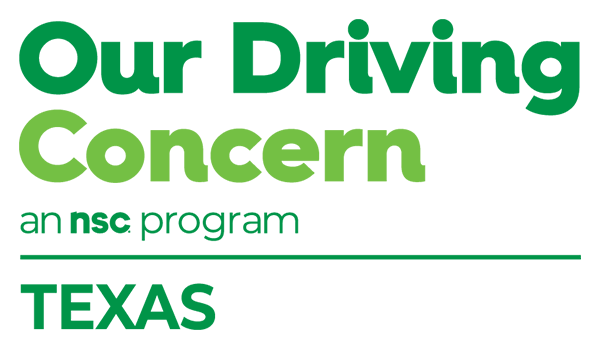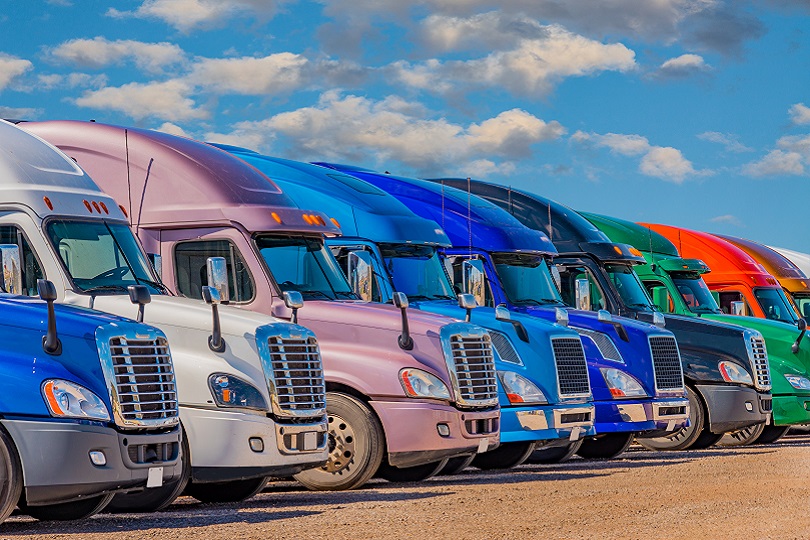Safety Coach
Understanding & Compliance
Some of the most commonly cited violations found during DOT audits conducted by the Federal Motor Carrier Safety Association and its state partners stem from misuse of alcohol and other controlled substances. We’ve arranged a unique opportunity for you to gain a better understanding of federal regulations as you work to reduce liability and keep your drivers free from the risks of impairment.
Register for free, online training Wednesday, March 9: DOT Controlled Substance and Alcohol Testing – Better Understanding Yields Better Compliance.
You will hear from John Counts, a retired Texas Department of Public Safety senior trooper and safety consultant with experience in energy sectors and the trucking management arena. Counts will explore issues that have proven problematic for carriers and misconceptions related to FMCSA Clearinghouse requirements.
The U.S. Department of Transportation issued a notice so employers and employees who work in safety-sensitive positions know:
- The DOT requires testing for marijuana but not cannabidiol (CBD).
- Labeling of many CBD products may be misleading because the products could contain higher levels of tetrahydrocannabinol (THC) than what the product label states.
- The DOT’s Drug and Alcohol Testing Regulation does not authorize the use of Schedule I drugs, including marijuana, for any reason.
Download and share the DOT Alcohol Policy and Compliance Notice. Then, tune in and get answers to your questions in our March 9 training session.

Tailgate Talk
Buckled in Back
In 2020, more than 205,000 people were injured in traffic crashes on Texas roads, according to the Texas Department of Transportation, and nearly half (46.5%) of those who died were not wearing seat belts. Your job as a safety leader is to provide continuous education and training at your workplace to reduce injuries, whether they occur on or off the job.
In both cases, there are risk and liability factors to consider. Crashes can raise costs of insurance premiums, and result in employee absenteeism and lost productivity. Every organization can safeguard its financial wellbeing by building a culture of traffic safety.
One way to prioritize road safety: Promote seat belt use. It’s one of the easiest and most cost-efficient ways to impact safety.
More than 90% of people in the U.S. fasten their seat belts when in the front seat. In the back, there is a dramatic decline in seat belt use – about 20 percentage points. Why? Back-seat passengers:
- Often experience a false sense of security, especially if they are taking a short trip in a hired vehicle
- Don’t always understand seat belts are required in the back seat
- Are unaware of risks and potential consequences
In a vehicle traveling 30 mph, research shows an adult passenger riding in the back seat without a seat belt fastened is thrown forward with a force of 3½ tons in a crash with a fixed object. That’s the weight of an elephant charging straight through the driver. The takeaway: One person’s decision not to buckle up can affect others.
In Texas, a 16-year-old girl unfastened her seat belt, slid over to take a selfie with a friend in the back seat and an instant later died in a rollover crash. Her three friends – all buckled up at the time – walked away with minor cuts and bruises. Share the story of Kailee Mills by playing this video during an upcoming safety meeting.
Seat belts save an estimated 15,000 lives every year, according to the National Highway Traffic Safety Administration. Here are some free resources you can use to guide your employees toward safety:
- Poster to display: Secure Your Future
- Driver behavior micro e-learning: Five modules, including one on passenger restraint, put traffic safety training at your fingertips
- Info and tips: Seat belt safety guidelines, car seat safety guidelines and free car seat checks
Explain the reasoning for your seat belt safety efforts like this: In two seconds, you can blink your eyes or take in a breath of fresh air. You also can fasten your seat belt. You might be saving your own life or the life of a loved one.
Help Us Help You

Please take a moment to fill out this brief survey so we can better develop training sessions and create new free resources to support your roadway safety needs. Get started here: https://forms.office.com/r/VwHpzU4gHr

